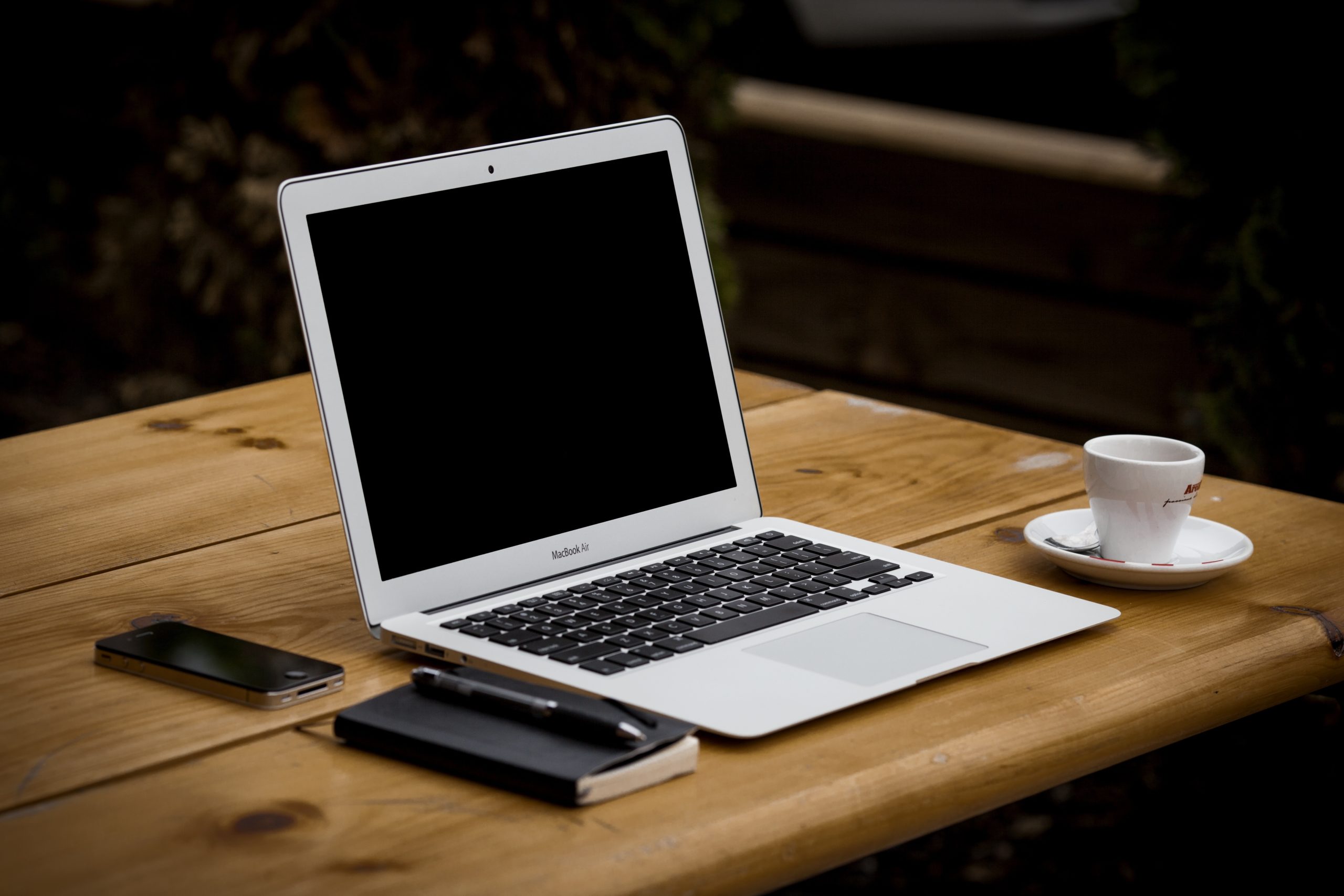
1. Keep the Vents Clear
Never ever sit your laptop on a couch cushion, or on a mattress, or anything soft that hinders airflow through the little slot on the bottom and sides of your laptop. Those vents can suck up dust and debris, clogging up the fans and causing your laptop to work harder. The harder the laptop works, the more battery power it is going to require. If you hear a loud buzzing (like a fan spinning really fast), or your laptop base is so hot you could cook an egg on it, chances are you should consider moving to a tabletop or hard surface to work on. If this buzzing is consistent, the laptop doesn't cool down or you need assistance cleaning the dust out of the vents, contact us today.
2. Keep the Screen Brightness Down
When you do not need the screen brightness cranked up, turn it down. The screen is the number on battery drain on any mobile device, including your laptop. Adjusting this setting will significantly lower your battery usage.
If you are using Windows, click the Start button and select Settings on the left side of the start menu. Then click on System > Display. You can adjust accordingly from here by moving the slider under Brightness and color.
If you are using a Mac, open Spotlight and search Energy Saver where you can adjust the screen brightness.
Make sure to keep the brightness to a minimum to conserve as much battery power as possible.
3. Hibernate and Sleep
While you are in the power options on your Windows or Mac, you can tweak your power options to optimize your laptop's battery life by adjusting the hibernate and sleep settings to further conserve battery power. You will notice these settings have dropdown menus or sliders to manually adjust when the computer to turn off the display, go into sleep mode or hibernate after a defined time that you set. You can also use the built-in power plans or default power options. Essentially, you want your laptop to hibernate and sleep sooner when it's inactive and not being charged.
4. Unplug When Charged
When the battery is full and the laptop is not in use, unplug it from the charger. Generally speaking, and according to Battery University a battery will give you 300 to 500 full discharge cycles or charges. Keeping it plugged in can significantly decrease the amount of charges that the battery can take. Keeping that juice flowing when the laptop is full can be damaging for some batteries. Battery University even recommends operating your laptop between forty and eighty percent battery life to get the most life out of the battery.
If you need assistance with setting the correct power options or you need any help with your laptop's battery, contact us today!
We can help you test your laptop's battery and let you know if you need a battery replacement.

